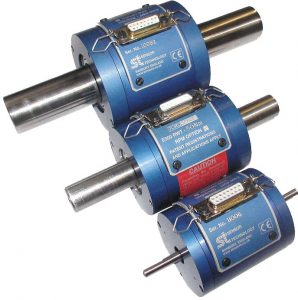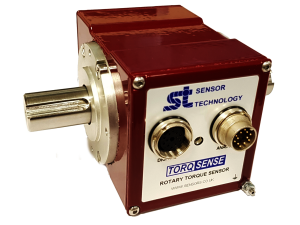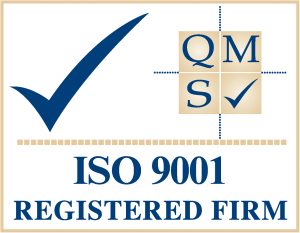Diverse sectors of industry are preparing to embrace Surface Acoustic Wave techniques for non-contact torque measurement, and leading developer Sensor Technology is gearing up to meet the demand.
 The company has been developing the technology from its research base in Banbury, Oxon, and is now entering a new phase in its commercialisation programme with its TorqSense SAW transducer. It already has a host of successful applications in industry and academia and is now road-mapping routes to broaden out this base into other sectors.
The company has been developing the technology from its research base in Banbury, Oxon, and is now entering a new phase in its commercialisation programme with its TorqSense SAW transducer. It already has a host of successful applications in industry and academia and is now road-mapping routes to broaden out this base into other sectors.
“We are planning this step very carefully because we are aware that every opportunity carries some greater or lesser degree of risk hidden within it,” says Sensor Technology’s Marketing Manager Tony Ingham. “It is very easy to founder due to your own over-enthusiasm when you have a technology with such exciting prospects. What we have to do is develop on several carefully chosen fronts, make sure that we consolidate our progress as we go and transfer new knowledge gained in each field to all the others.”
Sensor Technology is being assisted in this by the Intersect Faraday Partnership, the UK’s focus for the research and application of sensing, measurement and instrumentation technologies. Supported by DTI, EPSRC, Sira Ltd and the National Physical Laboratory, Intersect bridges the gap between research and industrial application, enabling novel sensing technologies to be brought to market and developed in efficient managed timeframes.
The key characteristic is that Intersect is driven by industrial need, as members highlight un-met sensing needs to developers. It encourages collaborations and supports the development of industry supply chains, provides support for developing products and creating Supply chain relationships, promotes best practise, mentoring and arranges industry feedback and market access.
“The research and development phase of creating a major new technology is naturally quite insular and therefore relatively easy to manage,” says Ingham, “and the first steps in commercialisation are straightforward extensions of this.”
“But then suddenly the world gets excited about the potential of your technology and the flood gates open – if you don’t have your strategy and management in place you may well drown!”
Surface Acoustic Waves techniques provide non-contact monitoring of instantaneous rotary torque, allowing accurate modelling of the load changes in virtually any rotating machine. Senor Technology’s SAW transducer, called TorqSense, is in essence a frequency dependent strain gauge operating at ultrasound frequencies. It consists of a transducer mounted on the machine, which monitors variations in resonance frequency of a drive shaft as the torsional load varies and transmits a radio frequency signal to an adjacent pick up.
TorqSense embraces all the advantages of SAW technology, including a broader signal bandwidth than other analogue based technologies and elimination of electronic interference. Most significantly, being non-contact it does not alter the torque load it is measuring as contact transducers do.
One of the procedures used by Intersect is helping its members draw up annual action plans, a major input to which is how, where and when potential users want to see the technology develop.
Ingham sums up: “Intersect not only defines best practice, but also helps us find development partners with whom we can make our development relevant and applicable rather than blue-sky and undirected. We are finding that the focus and discipline it brings to our planning is invaluable.”





